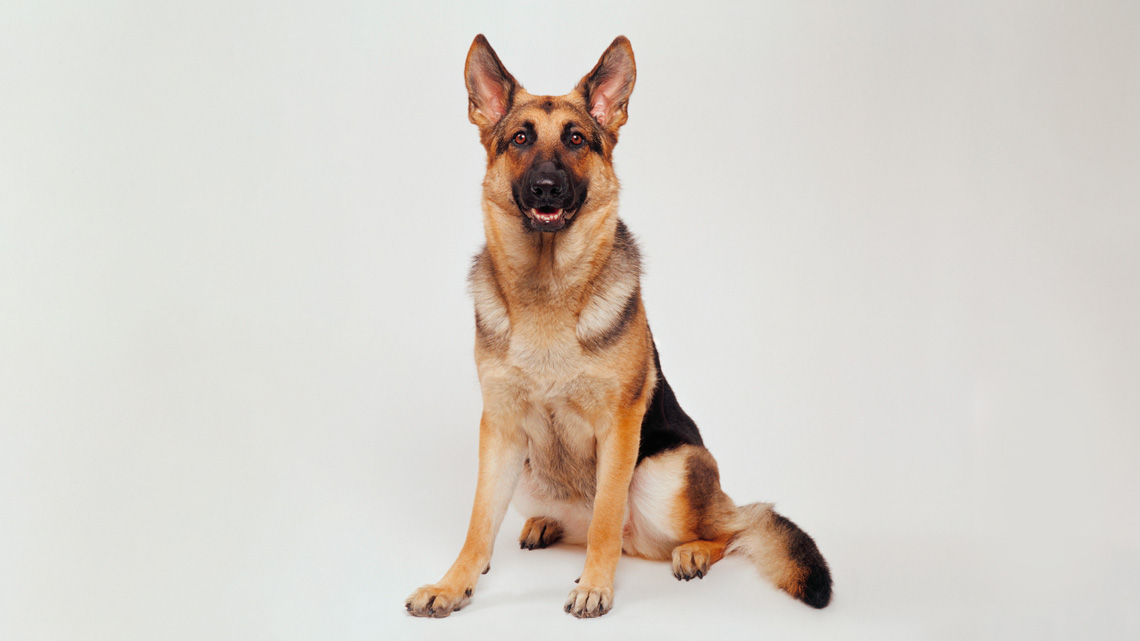After living together for 10,000 years, domestic dogs have learned to interpret and react to human emotions, even those with which they are not familiar. In an experiment carried out by Natalia Albuquerque and Briseida Resende at the Psychology Institute of the University of São Paulo, 68 adult females and 46 adult males of various breeds individually observed and then interacted with two unknown people: two actresses who always wore the same outfit and had no makeup or visible tattoos. In complete silence, one actress—the giver—remained emotionally neutral as she handed black discs (neutral objects) to the other—the receiver—who reacted positively (happy), negatively (irritated), or neutrally. This process was repeated three times and then in the second phase of the experiment, each actress held a bowl of dog treats in her hands or placed the bowl on a table. The dogs were then allowed to interact with the actresses to try to get the treats. After a positive response by the receiver, the dogs chose to interact with the receiver more often (happy; 68%) than the giver (neutral; 32%); after a negative reaction, they chose the giver (neutral; 95%) more often than the receiver (irritated; 5%). The researchers say the experiment suggests the dogs choose which human to interact with based on information they discerned from their body language and facial expressions. “This capability allows dogs to adjust to the human world,” says Albuquerque (Animal Cognition, August 2021; Evolutionary Human Sciences, January 2023).
RepublishAnimal behavior
Observe, then approach

Dogs choose who to interact with based on information discerned from their body language and facial expressions
GK Hart / Vikki Hart / Getty Images